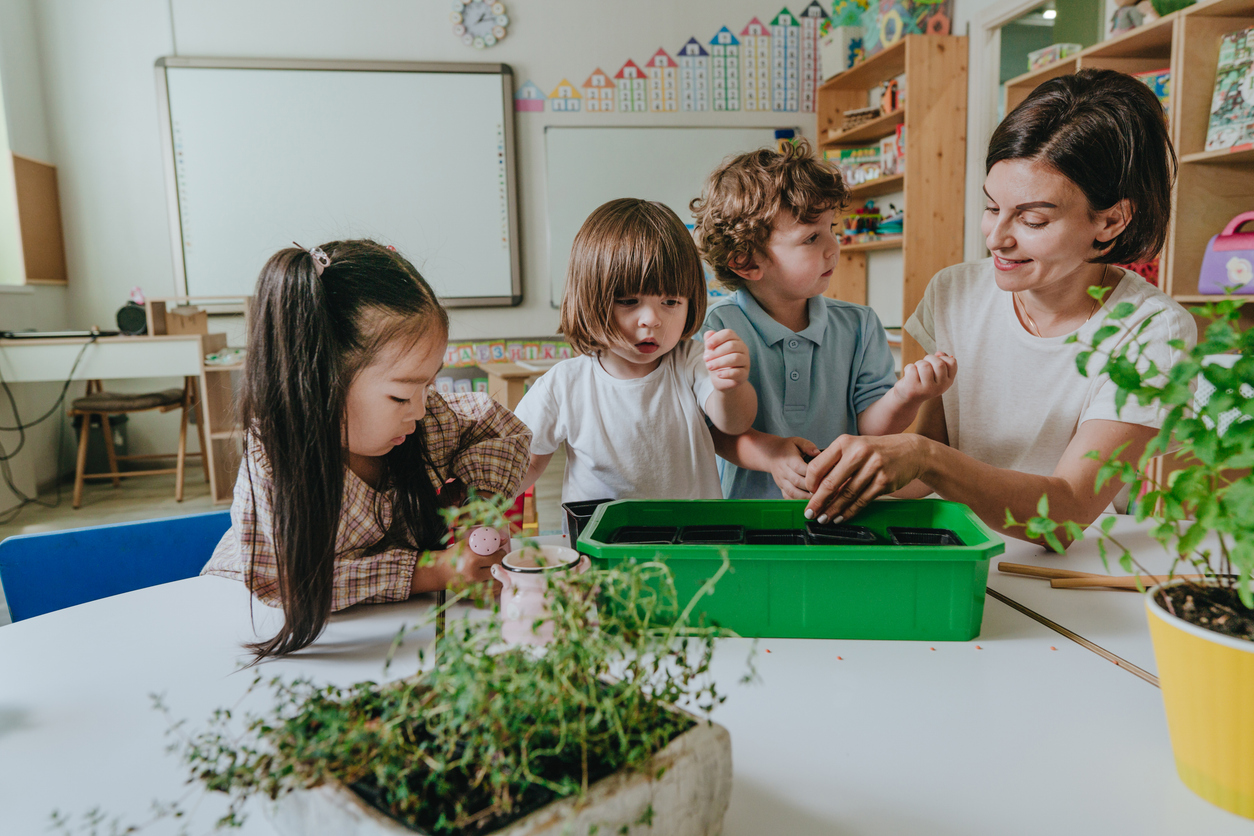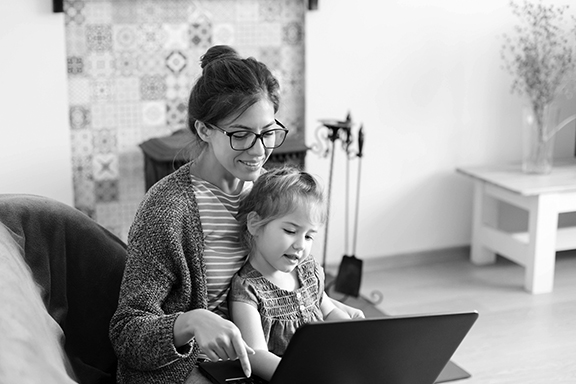Understanding Racial Identity: An Interview with Beverly Daniel Tatum

Beverly Daniel Tatum, Ph.D., president emerita of Spelman College, is a psychologist and the author of “Why Are All the Black Kids Sitting Together in the Cafeteria?” And Other Conversations About Race. Here she answers questions posed by the Parents League.
You wrote your seminal book in 1997, then revised and substantially updated it in 2017. From a child’s perspective, is it different growing up today as a person of color than it was two decades ago?
In the 20 years that have transpired since the 1997 edition of my book was published, the United States has become a more diverse nation demographically. In 2018, Latinxs are the largest population of color, approximately 18% of the population; African Americans are 13%; and Asian Americans, now 6%, are the fastest growing community of color in the United States. Today 10% of U.S. babies are multiracial.
But across the nation, many neighborhoods and schools are still segregated. In 2014, the population of school-age children was for the first time more than 50% children of color. While most independent schools have increased their diversity over the last 20 years, few are truly representative of this new American population. Consequently, for most children of color in independent schools, the experience of being part of a small minority within the school is still a common one.
The availability of reading and other curricular materials that positively represent children of diverse backgrounds has improved over the last 20 years, but schools vary in their adoption of such materials. The teaching staff at most independent schools is still likely to be almost entirely White. Parents of children of color who want to support the development of their children’s positive sense of racial, ethnic and/or cultural identity still must be intentional about providing affirming messages and experiences that will counter the prevailing societal stereotypes, still readily visible in the popular culture. That is especially true for parents of Black and Latinx children.
Unlike in 1997, in 2018 children have easy access to social media and can be exposed to racist images and messages that are disturbing—video of police shootings of unarmed Black men, for instance. In a large comprehensive study of a diverse group of adolescents conducted over a three-year period (2010-2013), Dr. Brendesha Tynes reported that more than half of the adolescents of color had experienced an act of racial discrimination targeted at them through the use of denigrating symbols, images, video, text, and graphic representations, including racial epithets. In these examples, the intrusion of racism into young people’s lives comes uninvited and across all physical boundaries into their own homes through an Xbox or computer or into the palms of their hands through their smartphones, often from unknown sources. Tynes reports that online racial discrimination is linked to depressive symptoms, anxiety, lower academic motivation, and other concerns, posing a challenge to parents that did not exist in the same way prior to this digital age.
Is it a good thing or a bad thing that all the Black kids—or any kids who bond over a shared racial or ethnic identity—sit together in the cafeteria? Should schools encourage it or discourage it?
Though many people ask the question that forms the title of my book, “Why are all the Black kids sitting together in the cafeteria?” it is not just the Black kids that are clustering together in school cafeterias, particularly during adolescence. It is common for students of all backgrounds to gravitate to the comfort of the familiar—seeking out those places where they experience a sense of belonging. Particularly as children of color approach adolescence, their awareness of the significance of race in their lives is likely to increase because of the way others begin to respond towards them, noticing the way stereotypes are projected onto them, for example. That could take the form of being suspected of shoplifting in a store or being assumed to have certain interests or talents simply because of their racial or ethnic group membership.
Finding comfort with others who are having similar experiences can be an important source of support. But learning to engage with people whose life experiences are different from one’s own is also an important skill, necessary for success in an increasingly diverse world. We should spend less time worrying about who children voluntarily sit with at lunch time (when they are trying to relax) and put more focus on creating diverse learning communities within classrooms. Using four key principles of social psychology—1) bringing students together as equals 2) where they are required to work together cooperatively 3) toward a common goal 4) with the sanction of an authority figure such as a teacher or coach—can provide the groundwork for cross-racial classroom connections that can carry beyond the classroom into the cafeteria.
As a psychologist, please help us understand how and at what age most of us develop our individual sense of racial identity.
In a race-conscious society, the development of a positive sense of racial/ethnic identity, not based on assumed superiority or inferiority, is an important task for both White people and people of color. The development of this positive identity is a lifelong process that often requires unlearning the misinformation and stereotypes we have internalized not only about others, but also about ourselves. This process is a developmental one that unfolds in predictable ways. But the timing of the process will vary depending on the young person’s social context.
For young people of color, the process of racial/ethnic identity development typically begins to unfold in adolescence, as noted earlier, because they start to notice the ways that their racial or ethnic group membership matters to other people. For Whites, the process may begin in adolescence, but particularly for those in predominantly White, socially-segregated communities, it often does not begin until much later. For them, being White is just “being normal” like everyone else, and that dimension of identity goes unnoticed and undiscussed most of the time.
For that reason, many White adults who live and work in predominantly White environments have given little consideration to the meaning of their own racial group membership. The fact that adolescents of color and White youth, as well as many White adults, are on very different developmental timelines in terms of racial identity is often a source of misunderstanding and potential conflict. Learning about racial identity development in general, and reflecting on their own racial identity in particular, can help White educators be more effective in working with adolescents of color.
What are the key elements you would like to see in place in a school that would make it welcoming to parents of all races and ethnicities?
Every school head should be thinking about what I call the ABCs—affirming identity, building community, and cultivating leadership. Affirming identity is about helping all students to see themselves reflected positively in the environment around them—in the curriculum, faculty, staff, and the faces of their classmates. Those students who are “missing from the picture” are likely to experience feelings of invisibility or marginality that can undermine student success. School-sponsored affinity groups can be one strategy to affirm identity of underrepresented students, particularly during adolescence. Building community refers to the need of all students to sense that they belong to a larger, shared school community. Students who feel that their own needs for affirmation have been met are more willing and able to engage with others across lines of difference. Affirming identity is not contradictory to but a prerequisite for building community. Those who feel left out of the picture do not readily participate in community-building activities. Cultivating leadership in the 21st century requires the ability to interact effectively with others from very different backgrounds. Every student needs to develop this ability, and that requires opportunities to practice.
To make these ABCs a reality in school, parents and educators, both White and of color, should be asking a few key questions: Who is reflected in our environment? Who is missing from the picture? What opportunities exist for building community in which everyone will feel included? What opportunities exist for encouraging dialogue across difference? How are students involved so that they are honing leadership skills in a diverse context?
Conversations about race are likely to be part of the process, and should not be avoided. You can’t solve a problem without talking about it. I hope that, for a school whose leaders would like to make it welcoming to families of all races and ethnicities, reading “Why Are All the Black Kids Sitting Together in the Cafeteria?” together as a community might be a great place to start.
The 20th Anniversary Edition of “Why Are All the Black Kids Sitting Together in the Cafeteria?” And Other Conversations About Race was published in 2017 by Basic Books.
This article first appeared in the 2019 issue of the Parents League Review. Get the current issue of the Review free with a family membership. Or purchase it separately.











